Reviving the heritage of Hay al-Khalifa: a graduation project that blends Egyptian identity with contemporary art
Drawing inspiration from the history of the Sayeda Nafisa neighborhood, specifically Al-Ashraf Street in Al-Khalifa, students from the Department of Decoration at the Faculty of Applied Arts at Helwan University in Cairo created a graduation project entitled “Historic Cairo: Reviving the Heritage of Al-Khalifa,” which combines contemporary creativity with Egyptian identity.
Fifty-five students presented the project under the supervision of Dr. Manal Abdel Rahim Hassan and Dr. Dalia Ahmed Al-Sharqawi, with the aim of exploring Cairo’s rich history and reinterpreting it through modern artistic techniques. Some of the students are exhibiting their work in an art exhibition entitled “Identity… Through Modern Eyes,” which opens tomorrow, Monday, at Atelier Cairo.
Historic Cairo
Regarding the choice of “Historic Cairo” as the setting for the project, Dr. Dalia Al-Sharqawi explained that the reason is that this place is a mirror of Egypt’s multiculturalism and diversity.
According to her description to Bab Al-Masr, this location reflects the cultural accumulation and the many countries that ruled Egypt, from the Fatimid Caliphate to the monarchy, forming a connected and harmonious architectural fabric. These accumulations have contributed to shaping the Egyptian character in a way that is still influential today. She believes that the aim of the project is not limited to visual or aesthetic revival, but rather to rediscovering self, identity, and belonging through design.
The project is not limited to the historical dimension or identity, but also addresses open spaces and aesthetics, and interaction with the architectural space. It focuses on mural painting, as well as floors and decorations related to architecture and the environment.
Historical figures
Dr. Manal Abdel Rahim, head of the decoration department and project supervisor, oversaw the video art and digital media component. She also helped students with photography, animation, and directing techniques.
She told Bab Masr, “We worked on other themes, such as exploring the idea of the Egyptian character, which some students turned into comic strips inspired by the local environment.” The project includes several trends: mural painting, animation, and narrative photography. The students gave free rein to their imagination in creating these works. For example, one student portrayed Sultan Hassan, transforming him into an animated character who talks about himself and his history and architecture. Dr. Manal described this work as a wonderful example of bringing history to life in a contemporary artistic style.
Another student created an interactive game that introduces players to heritage sites through play. She added, “The project is not just for viewing, but for participating and interacting with the place and history in more than one way.”
Development of historical areas
Dr. Manal hopes to present this work to the relevant authorities so that it can be incorporated into the historical area development plan. She said that the students did not just present a vision, but also provided implementation mechanisms, practical proposals, and explanatory videos.
Regarding drawing inspiration from heritage, she explained that the aim is to instill in students a sense of the aesthetics of the past and an awareness of it as a real source of inspiration in contemporary design, while preserving Egyptian identity and reintroducing it with a modern vision.
She continued, “The project was divided into different specializations, including photography and drawing. The students worked on implementing a variety of ideas. They were influenced by the historical sites they visited, which was clearly reflected in their work.”
Women from the pages of history
Historic Cairo inspired one of the students to imagine female characters from ancient times. She created a story and a unique look for each character. Dr. Manal said, “It was a comprehensive visual project, as if we were bringing women from the pages of history back to life with expressive drawings and a sense of humanity.”
Another student designed comics inspired by the popular environment and distributed them in the form of cards. The supervisor added, “Each card tells a mini story from those periods, which contributes to spreading culture to children in a fun way.”
She pointed out that one of the most notable experiences of the project was in the field of animation, saying, “The students presented stories set entirely in the heart of historic Cairo. This art form allowed them to blend fantasy with reality, and they created scenes that transport viewers to places such as Al-Ashraf Street, Sayyida Nafisa, and Al-Khalifa Street, but in an artistic and dramatic way that is also documentary in nature.”
Living heritage
Dr. Manal believes that Egyptian heritage represents a rich opportunity for creativity, and that interest in it gives artistic work roots and authenticity, making it more profound and influential. She explained that the idea is not to transfer the past, but to reinterpret it with a contemporary mindset.
Regarding the details of the animation projects, she explained that the students went through many stages: from designing backgrounds and characters to learning digital animation tools using specialized software. She said, “It was a lot of work, but the results are impressive and demonstrate their genuine readiness for the job market.”
Egyptian identity
Dr. Manal and Dr. Dalia shared responsibility for supervising the project and guiding the students. Dr. Dalia pointed out that this is not the first time she has supervised a graduation project on “Egyptian identity,” as it is an issue that has preoccupied her for years.
She added to Bab Masr: “Every project I supervise raises questions about who we are and where we belong. Students live in a state of uncertainty that makes them unaware of their authentic Egyptian identity, even though Egypt has a great history stretching back thousands of years, from primitive times to successive civilizations.”
But the problem, as she described it, is that most people—especially the younger generations—are unaware of the richness of this heritage. They only see it from a narrow perspective that is limited to the pyramids. Meanwhile, “Egyptian heritage actually spans multiple historical layers.”
The Mahmal Procession
A group of students documented the Mahmal Procession, the great journey that began in the heart of Cairo and ended in Mecca, when Egypt was making the cover for the Kaaba.
Speaking about the project, Dr. Dalia said: “The students researched the route taken by the coverings, collected archival photos, studied the areas through which the procession passed, and recreated this artistic journey in a video art piece about the Mahmal celebrations. In addition, they created a mural depicting the atmosphere of the celebrations, the music, and the spiritual feelings accompanying the route, until it reached the citadel and from there to the Hijaz Road.”
This work was greatly admired by Dr. Reda Abdel Salam, Professor of Fine Arts, who discussed the students’ graduation project with them and suggested that it be presented to the Sheikh of Al-Azhar to be part of the Al-Azhar Museum. This is because of its visual and artistic documentation of one of the most ancient rituals in Egyptian history.
Dr. Dalia concluded her remarks by saying, “The subject was not just an engineering plan or an artistic mural, but a cultural and spiritual documentation of an entire region.”
Read also
Ziad Rahbani in Egypt: Stories of love and friendship from Cairo to Beirut
Paris exhibition reimagines Cleopatra, far from Western narratives
Art auction to support Darb 1718 after its headquarters were demolished: artists give back

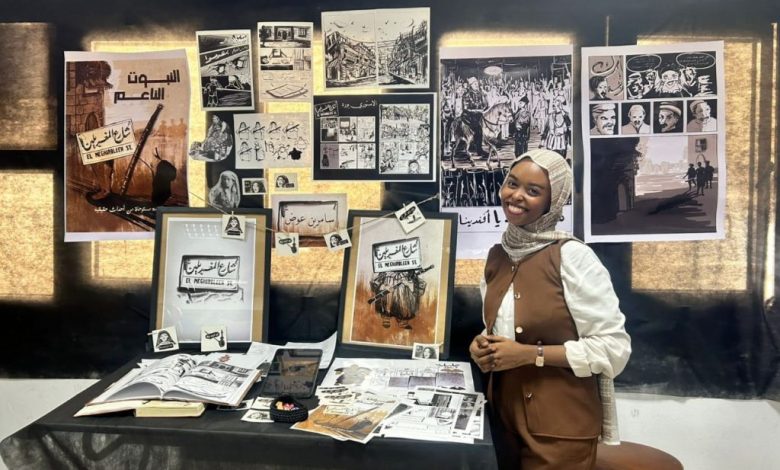
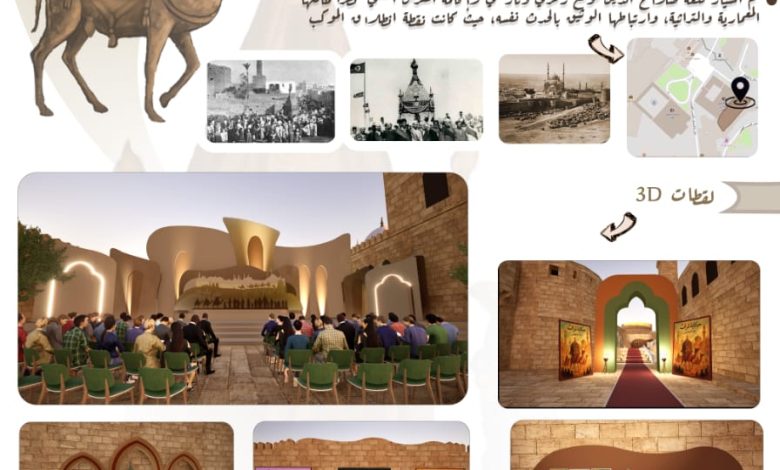
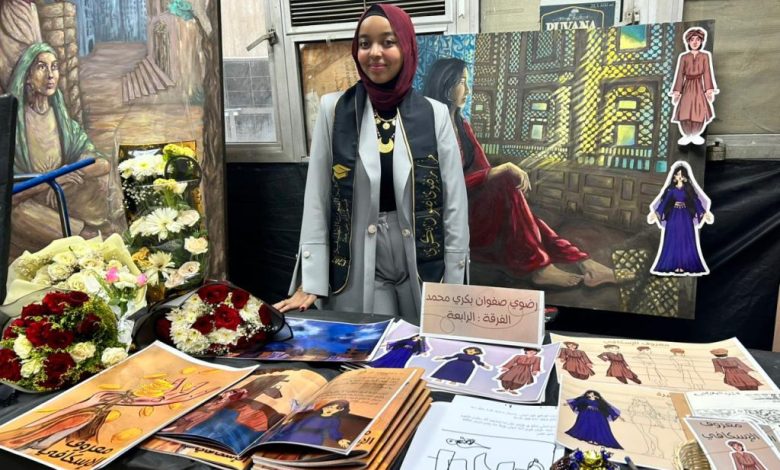
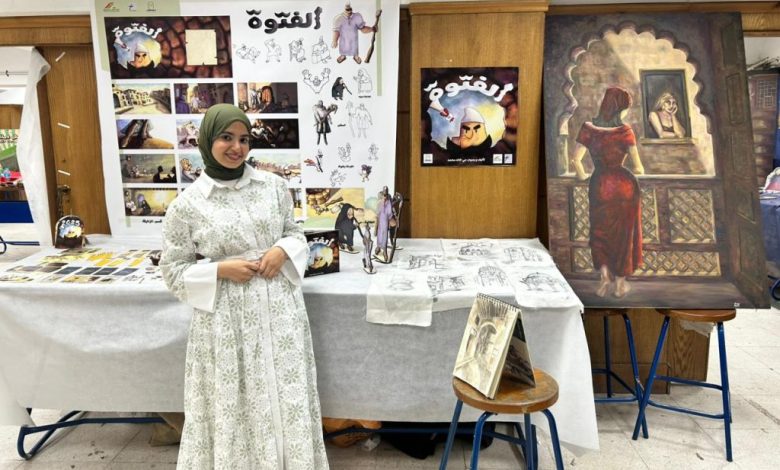

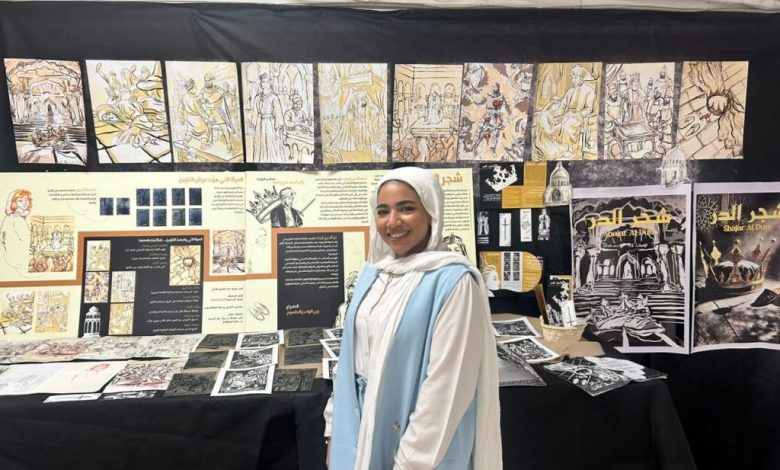
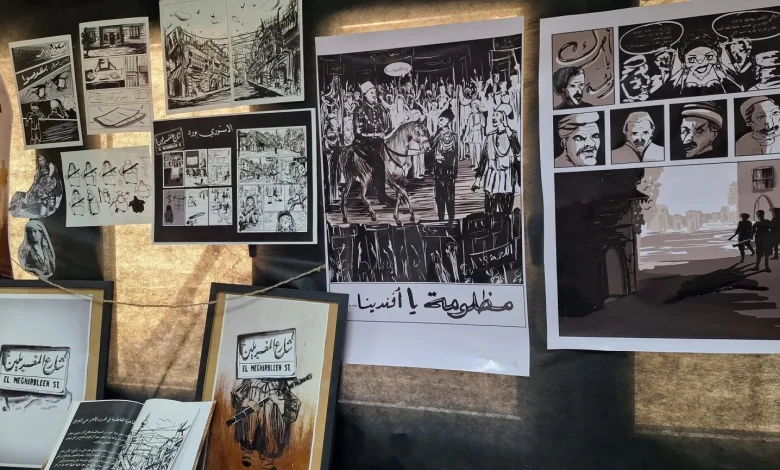
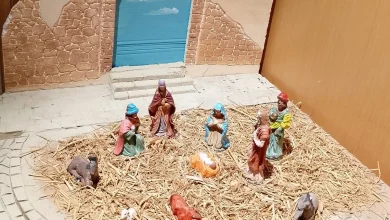
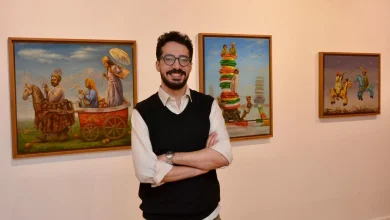
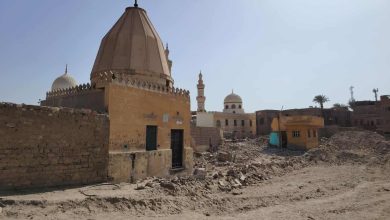
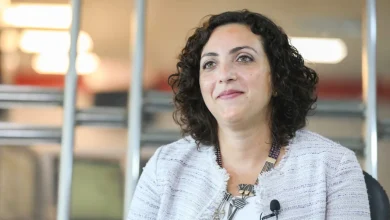
Hi, this is a comment.
To get started with moderating, editing, and deleting comments, please visit the Comments screen in the dashboard.